Research and publish the best content.
Get Started for FREE
Sign up with Facebook Sign up with X
I don't have a Facebook or a X account
Already have an account: Login
Tools and resources to improve the quality of our leadership
Curated by
AlGonzalezinfo
 Your new post is loading... Your new post is loading...
 Your new post is loading... Your new post is loading...

Andrew Spence's curator insight,
January 2, 2013 6:30 PM
Good stuff from Michael Custers and the team at NorthgateArinso. NGA delivers HR Services to over 1,000 multinational enterprise customers - which is a very good vantage point to peer into the crystal ball....

Thomas Ammar's curator insight,
March 16, 2016 2:24 AM
Mental Health of a worker is in my opinion the most unrecognized health issue in a workplace. Bullying at the Workplace is something we all know that goes on and is not something that is easily addressed. There are ramifications that can arise from both ends of a bullying situation. This is something that is very important to me, i hope to one day influence the workplace to eradicate bulling and impose a higher motivational chi to a workplace.

Metta Solutions's comment,
October 18, 2012 11:48 AM
AlGonzalezinfo thank you for all the follows - love your curated work as well. Still learning how to use all the features

AlGonzalezinfo's comment,
October 18, 2012 12:49 PM
@Metta Solutions, you are welcome, I really like your curated work as well. One suggestion would be to link your twitter account to scoop.it, this way you will be mentioned automatically on twitter when we rescoop your posts.

Geoff Roberts's curator insight,
January 18, 2014 12:43 PM
Nice descriptive framework, but it needs a 'how to get there' as well... |

Dorothy M Neddermeyer, PhD's comment,
August 28, 2013 9:50 PM
Garth: Thanks for sharing your wisdom.

AlGonzalezinfo's curator insight,
December 29, 2012 12:35 PM
Very good quotes here, like: “Results are obtained by exploiting opportunities, not by solving problems.” - Peter Drucker |




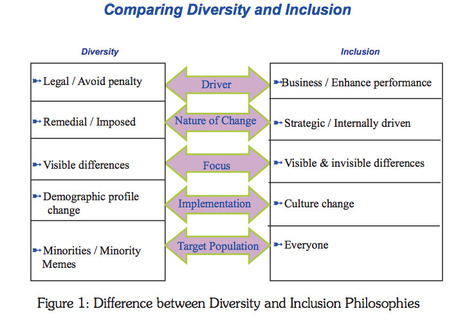

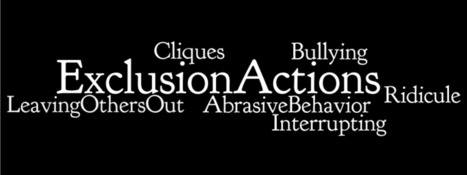

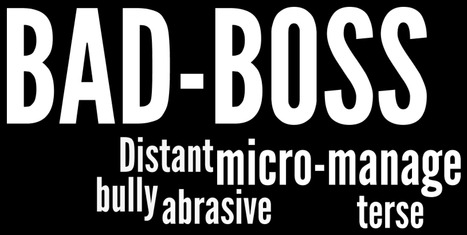

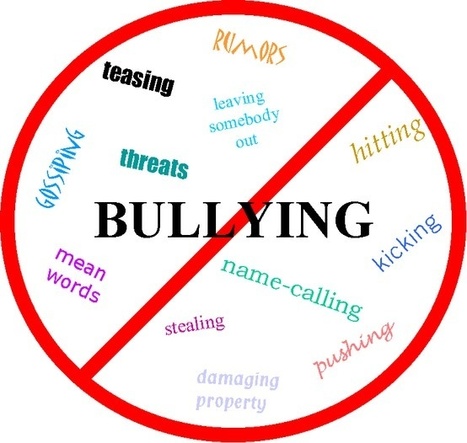
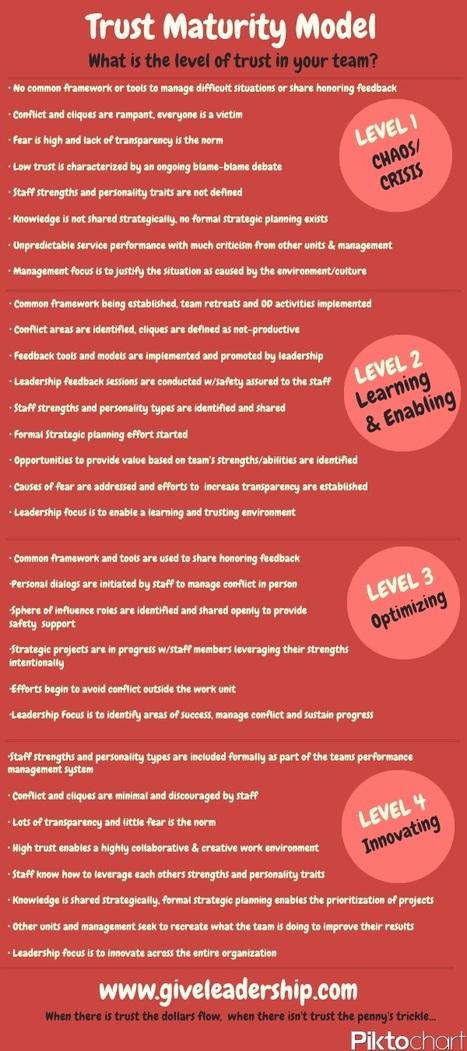




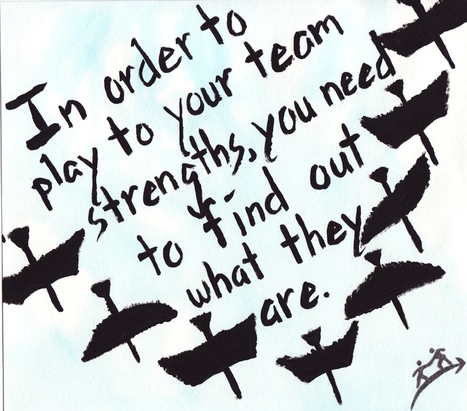










For anyone interested in the science behind Inclusion, here is a breaktrough article. It is detailed and lengthy, but educational AND very relevant.
Abstract:
Research over the past three decades have demonstrated that even though organisations may have the requisite diversity in their midst, the employees may not feel that all the strands of their social identities may be appreciated and included – hence, leaving them feeling excluded. Unfortunately, there are not many available tools for organizations to gauge such desired levels of inclusion.
Our research sets out to establish the psychometric development and the validity of the ten dimensions of one such tool, and provide rigorous, statistical evidence for its ability to establish whether an organisation has indeed engendered an inclusive environment for its employees.
The dimensions are:
~senior managers,
~immediate manager,
~values, recruitment,
~promotion/progression & development,
~fitting in,
~bullying/harassment,
~dialogue,
~organisational belonging, and
~ emotional well-being.
The overall measurement within the ten dimensions provides and index, which gives organisations an indication of where their diversity and inclusion practices are failing, and where resources and effort are needed to be applied to achieve the necessary change.